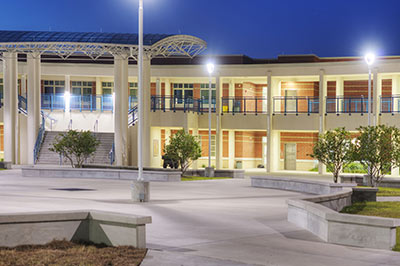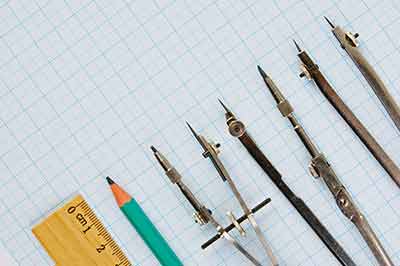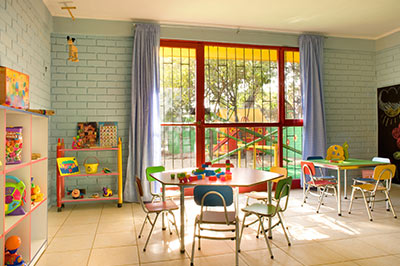Moore, G.T., Sugiyama, T., & O'Donnell, L. (2009).
It is well known that early childhood development is related to the quality of the physical environment, and that the quality of childcare, preschool, kindergarten, and other early childhood education is related to the quality of the physical designed environment.The purpose of this scale is to provide a scientifically reliable and valid assessment instrument that can be used easily by early childhood educators, architects, landscape architects, other designers, policy makers, and regulators to assess the quality of the physical environment of childcare, preschool, kindergarten, and other early childhood education facilities.The Children’s Physical Environments Rating Scale (CPERS) can be used for quality assessment, post-occupancy evaluation, fundamental research, and comparative cross-country research on the environmental quality of early childhood education facilities.
http://sydney.edu.au/architecture/documents/staff/garymoore/112.pdf











